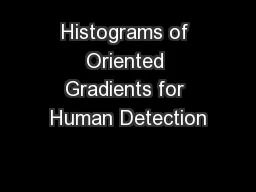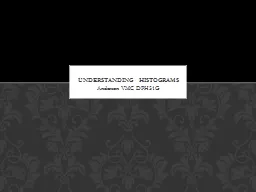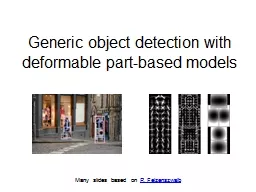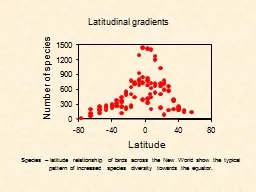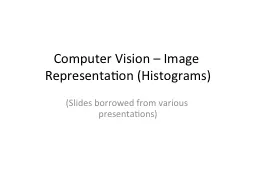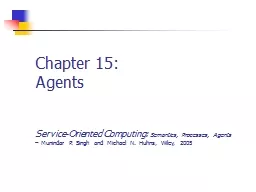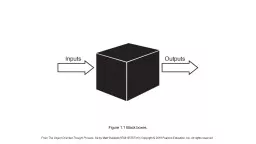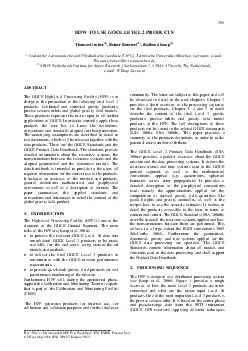PPT-Histograms of Oriented Gradients for Human Detection
Author : celsa-spraggs | Published Date : 2015-10-28
Navneet Dalal and Bill Triggs CVPR 2005 Another Descriptor Overview 1 Compute gradients in the region to be described 2 Put them in bins according to orientation
Presentation Embed Code
Download Presentation
Download Presentation The PPT/PDF document "Histograms of Oriented Gradients for Hum..." is the property of its rightful owner. Permission is granted to download and print the materials on this website for personal, non-commercial use only, and to display it on your personal computer provided you do not modify the materials and that you retain all copyright notices contained in the materials. By downloading content from our website, you accept the terms of this agreement.
Histograms of Oriented Gradients for Human Detection: Transcript
Download Rules Of Document
"Histograms of Oriented Gradients for Human Detection"The content belongs to its owner. You may download and print it for personal use, without modification, and keep all copyright notices. By downloading, you agree to these terms.
Related Documents

